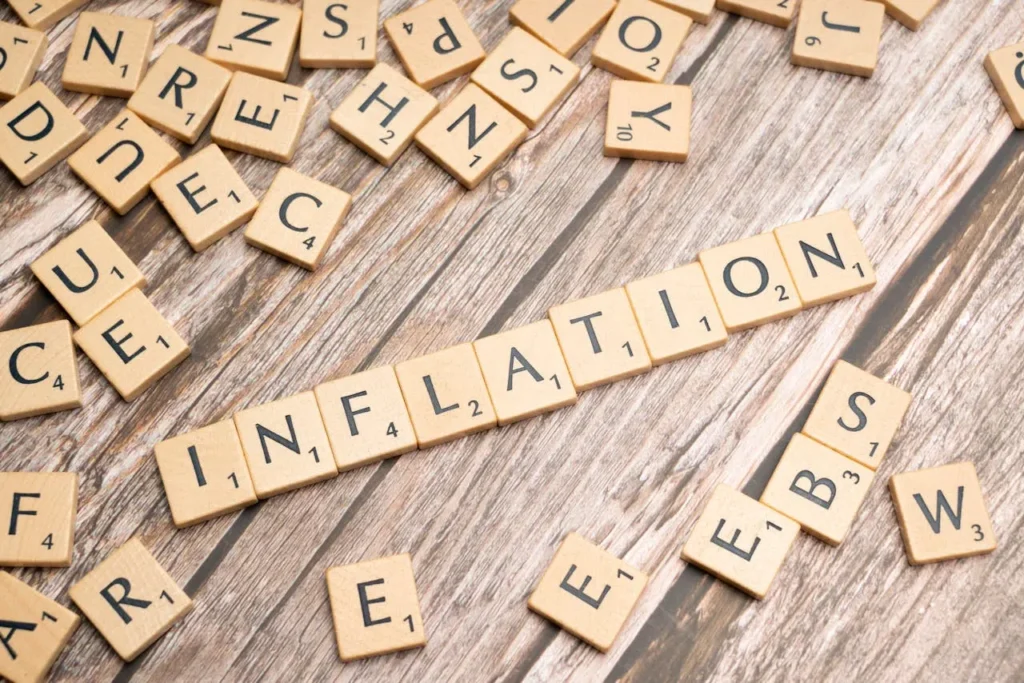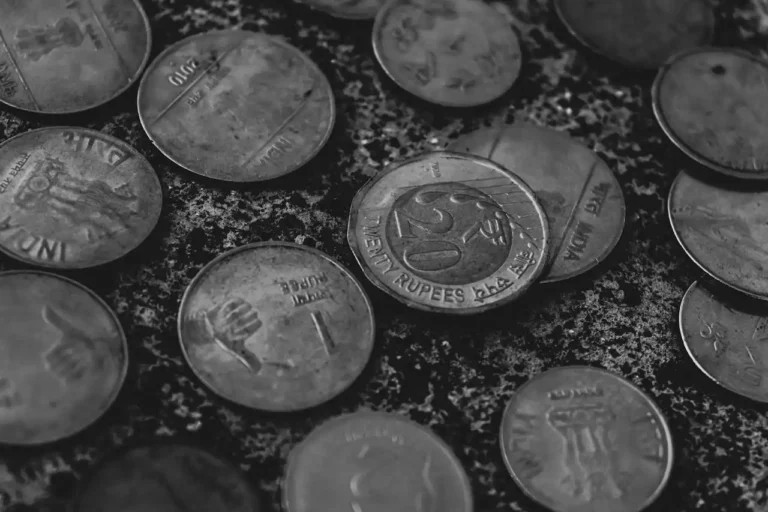The Rule of 72 is a very useful rule to state the amount of years required to double an investment in an annual period constant rate of interest. It is also a pragmatic instrument for investors, savers or anyone who wants to understand the mystery of compound interest, though no sophisticated calculation has to be carried out. Using the Rule of 72 one can make a very rough estimate of the time before money will actually multiply, which is very practical in comparing the implication of various investment opportunities, or when you have long term financial objectives.
Understanding the Rule of 72 :
The Rule of 72 uses a basic formula:
Years to Double = 72 / Annual Interest Rate
In this formula: 72 is a constant and Annual Interest Rate is defined as the rate of return or increase in a fraction.
For instance, if you put money into a vault deposit (or mutual fund), and earn 6% annual interest, you can figure out how many years you should keep your money invested so that your money will double by using the Rule of 72.1.
Years to Double= 72/6 = 12 years
That is to say, it will be 12 years to get twice Your investment at an annual 6% rate.
Why Use the Rule of 72?
- Simplicity: The Rule of 72 is a cognitive arithmetic rule and at its best it is not a complicated formula but a useful tool that’s easily understood and remembered when the need arrives without depending on or wishing the use of a calculator or a mathematical computation.
- Investment Planning: It is useful for comparing different investment opportunities. For instance, if you have to decide between two mutual funds with different, potentially different, expected returns, the Rule of 72 can easily calculate how many years it will take to double the size of each of them.
- Goal Setting: The rule of 72 can also be used in the setting of developing achievable financial goals.

How Accurate Is the Rule of 72 ?
Of course, Rule of 72 is an estimate and thus, in a proper sense, holds for rates of interest between 4% and 15%. By the increase in the value of the interest rate of this band, this approximation becomes more and more inaccurate. However, it remains conservative in most cases as a matter of rule of thumb.
Using small prediction errors in the high/low interest cases, very fast convergence to a more precisely solution can be achieved.
Real-Life Examples of the Rule of 72
Stock Market Investments: When buying a stock or equity mutual fund, at an annual rate of 8%. Using The Rule of 72, you can approximate time taken to double the investment:
Years to Double = 72/8 = 9 years
As a result, your ownership of these markets may double in 9 years at an 8% annual rate of return.
Fixed Deposits (FDs): In India, fixed deposits are a popular investment vehicle. If an FD carries a 6% annual rate, then.
Years to Double = 72/6 = 12 years
Your money would double in 12 years at 6% per year rate, which is helpful and it is a classic use of Rule of 72.
Inflation: In particular, the Rule of 72 can be used as well for the fast acquisition of interpretable information relating to the effect of inflation on purchasing power. If the inflation rate is 3% per year, then:
Purchasing price would double in = 72/3 = 24 years !

Specifically, in a 3% inflation rate condition, the CPI would be more than double in 24 years. That same alertness can be turned into an incredibly powerful tool for planning, which can, in turn, be used to make a decision to protect purchasing power in advance.
The Rule of 72 in Reverse: Finding Required Interest Rates
The rule of 72 can be used also to calculate the corresponding real rate of interest, i.e., the real rate of interest, needed for a doubled initial amount of money in a given period of time. For instance, by formulating the formula in a way to calculate the required interest rate, it is possible to double the capital in 10 years, i.e.
Required Interest Rate = 72/Years to Double
For instance, in order to achieve two times as much wealth over a period of 10 years, we need to have an interest rate of:
Required Interest Rate = 72/10 = 7.2%
Therefore, it has to achieve at least a 7.2% annualised return, to yield a gain of doubling your money over a 10-year period.
The Rule of 72 and Compounding
The Rule of 72 is also firmly bound to the original description of compound, i.e. The interest rate, and subsequently the interest earned, is compounded. The Rule of 72 is an approach to estimate approximately the power if compound interest is applied to an exponential scale.
Since interest compound is reinvested, the time to double an investment will always decrease as is the interest rate. Unfortunately, this phenomenon is ideal for the Rule of 72, and consequently, there is much practical value to the ability to understand the positive impact of compounding over time.
Limitations of the Rule of 72
While the rule of 72 is a helpful guideline, it is far from perfect:
- Approximations: The Rule of 72 is inaccurate, particularly for high or low interest rates. Moreover, it is proposed that for a more precise computation, e.g., in the extreme scenario of high stakes, the compound interest formula should be applied.
- Assumes a Constant Rate: The Rule is based on the assumption that interest rate does not change with respect to the time. Not explicitly, however, interest rates are normally modified as posthoc effects of market shocks, inflation, and macroeconomics policy.
- Ignores Taxes and Fees: That is, it does not take the effect of taxes or management fees into account which ultimately decrease the net return of an investment. All this information should be taken into account to realistically estimate a better estimate of future investment performances.
Conclusion
The Rule of 72 is a completely normal and practical rule from which the investment time can be readily computed at which rate of interest it will double. Accompanying the presentation of a simple tool that allows compound interest visualization to be understood, this has the desirable consequence of supporting investors and savers to better prepare for and make better decisions in their financial futures. Irrespective of the measure being taken in relation to savings or stocks or the impact of inflation, the Rule of 72 is a concise method of figuring out the rate of money’s growth when money is being compounded over time.







